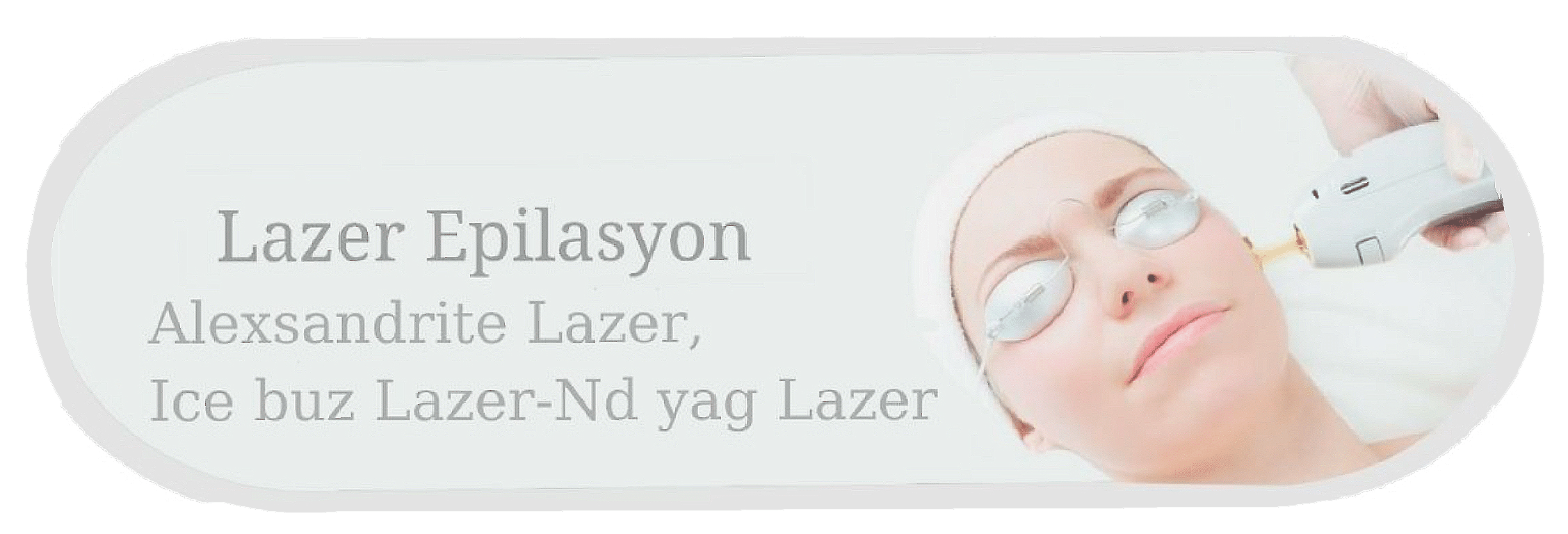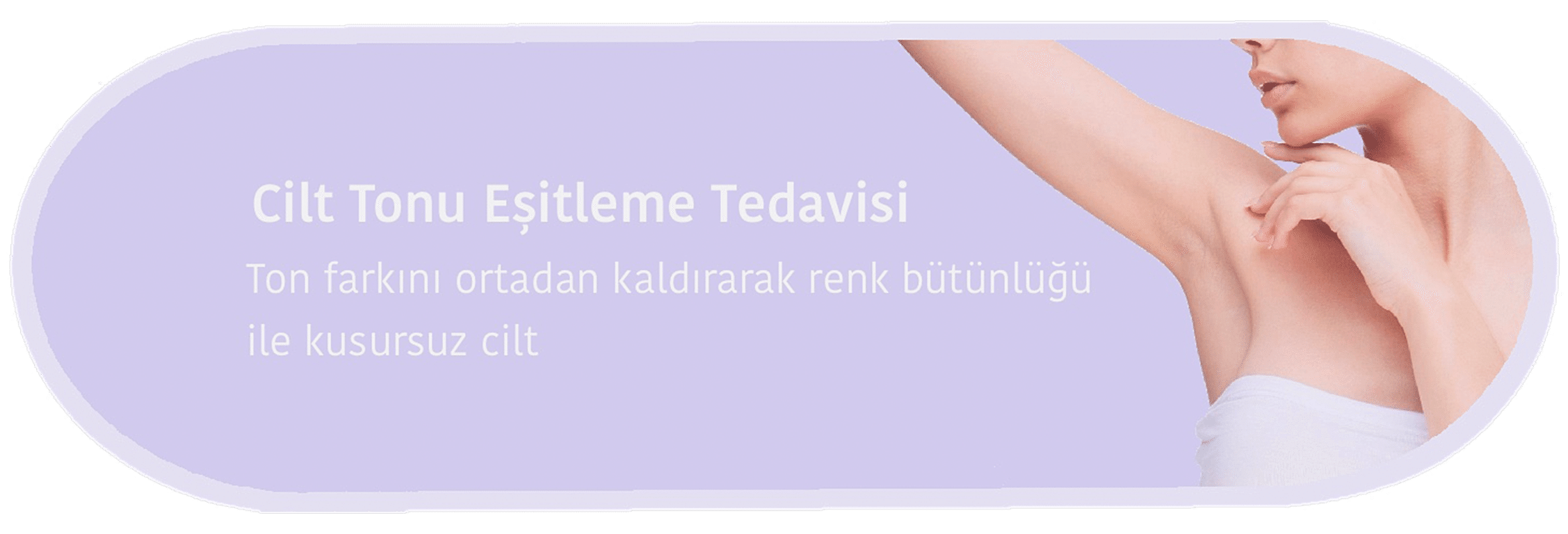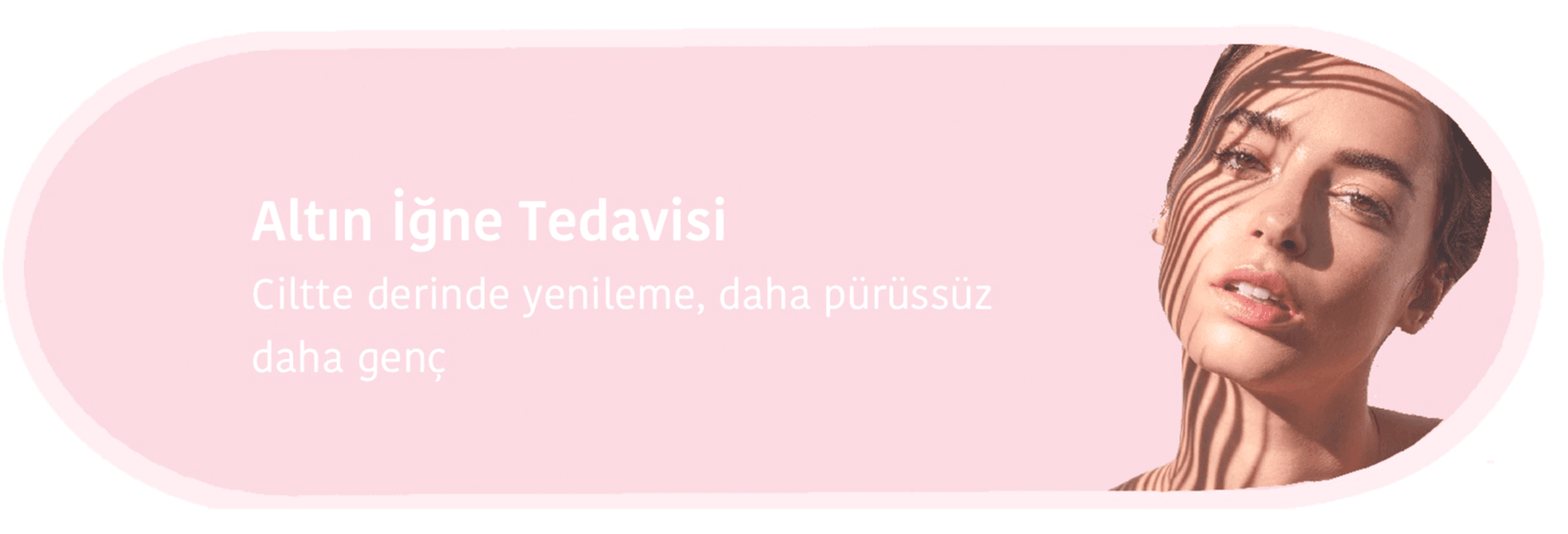

Everything You Need to Know About Laser Hair Removal (2025)
What Is Laser Hair Removal?
Laser hair removal is a modern method that uses concentrated light energy to permanently reduce unwanted hair. The laser targets the melanin pigment in the hair shaft; this energy converts to heat, damaging the hair follicle and preventing future hair growth. The principle behind this method is called "selective photothermolysis."
Is Permanent Laser Hair Removal Possible?
Laser hair removal can achieve up to 80–90% permanent hair reduction in most individuals. However, complete removal cannot be guaranteed. Light-colored hairs (blonde, white, or grey) absorb less laser energy, making treatment less effective. The best results are seen with dark, coarse hair.
How Many Sessions Are Needed?
On average, 6 to 8 sessions are required for noticeable results. The number of sessions depends on the person’s skin tone, hair thickness, hormonal balance, and the area being treated. Areas with dense, coarse hair such as underarms, bikini line, and legs typically respond faster.
Does Laser Hair Removal Hurt?
Some individuals describe the sensation as similar to a rubber band snapping against the skin. This means the laser is working effectively. Most modern devices include cooling systems that significantly reduce discomfort. Ice-tipped Diode laser systems, for instance, offer a more comfortable experience.
Is Shaving Required Before the Session?
Yes, the hair should be shortened before the procedure using a razor, trimmer, or depilatory cream. However, methods that pull hair from the root—like waxing, tweezing, or epilators—should be avoided as they remove the target for the laser.
Can Laser Hair Removal Cause More Hair to Grow?
Incorrect devices or wrong energy levels may cause paradoxical hair stimulation, especially on areas like the face, neck, or shoulders. However, this is rare when treatments are performed under medical supervision using FDA-approved devices.
Which Device Is More Effective: Alexandrite or Ice Laser?
Alexandrite laser (755 nm) is considered the gold standard due to its high effectiveness on melanin in hair. It works best on fair skin with dark hair. For finer hairs, a combination of Alexandrite and Ice Diode laser (808–809 nm) may be used to improve results.
Choosing the right device based on skin and hair type is critical. In some cases, combination laser systems offer optimal outcomes.
Bikini Area Laser Hair Removal
The bikini area typically responds quickly to laser hair removal due to its thick, dark hair. 6–8 sessions are generally sufficient. Alexandrite lasers are ideal here because they allow for non-contact application, ensuring better hygiene.
Laser Hair Removal for Men
Men often have denser and thicker hair, particularly on the back, chest, and shoulders, which may require additional sessions. Alexandrite, Diode, or Nd:YAG systems can be used depending on skin type. Combination laser treatments are frequently recommended for male patients.
When Does Hair Fall Out After Treatment?
With Alexandrite lasers, most treated hairs vaporize immediately. The skin appears hairless post-treatment. Deeper follicles may look like black dots, which typically shed within 7–10 days. With Diode (Ice) lasers, shedding may take 3–4 weeks. After shedding, regrowth is finer, slower, and sparser.
Laser Hair Removal Prices in 2025
As of 2025, prices vary based on the treatment area's size. Small areas like underarms cost around 700 TL, while large areas such as the full back or chest may range between 3000–4000 TL. The density of hair in the area also affects the price. It's essential to choose licensed clinics, as laser hair removal is a medical procedure. It must be performed in clinics, hospitals, or medical offices by qualified personnel.
When considering promotions, ensure the equipment used is FDA-approved.
Laser Hair Removal Options in Ankara
When selecting a laser hair removal center in Ankara, consider:
- The brand and wavelength of the laser device
- Whether a doctor supervises the treatment
- Whether the device is FDA-approved
Low cost should not be the only factor. Fewer sessions with quality devices can mean lower long-term costs. Ankara laser hair removal centers offer a wide range of options.
FAQs – Frequently Asked Questions
- Do at-home laser devices work?
Home-use devices are less powerful. They may temporarily thin the hair but lack the effectiveness of professional systems.
- Does laser hair removal cause cancer?
No, lasers use light—not radiation—and do not penetrate deeper than 3 mm into the skin. They do not affect internal organs.
- Can laser hair removal be done during pregnancy?
Although there's no direct harm to the baby, due to hormonal fluctuations, laser hair removal is not recommended during pregnancy.
- Why is laser hair removal on the face more difficult?
Facial hairs are usually finer and lighter in color, making them harder to treat. More sessions are typically required, and the success rate is lower than on the body.
- Should I apply cream after the procedure?
Yes, it’s recommended to apply a moisturizing and soothing cream after the treatment. Avoid sun exposure and use SPF 50+ sunscreen.
- When can I shower after laser hair removal?
Do not wash the area for 2 hours after applying post-treatment creams. After that, you may shower with lukewarm water—avoid hot water, scrubbing, or exfoliation.
- What is the recommended age for laser hair removal?
Studies show it can be done safely from age 9, but it is commonly started around 14. Ideally, laser hair removal should begin after puberty when hormones stabilize, usually around 17–18 years of age. Younger individuals often require more sessions.
Additional Information About Laser Hair Removal in Ankara
In Ankara, laser hair removal prices vary depending on the device quality, clinic expertise, and promotional offers. When selecting a clinic, prioritize experience, FDA-approved equipment, and hygienic conditions. To achieve long-lasting results, research and choose from the best laser hair removal clinics in Ankara.
Laser hair removal is a safe and effective method for permanent hair reduction. For successful outcomes, the procedure should be customized according to hair type, skin tone, and overall health, and must be performed by trained professionals. If you're considering laser hair removal in Ankara, prioritize quality devices, skilled staff, and a sterile environment for lasting satisfaction. Ankara laser hair removal deals and packages may offer affordable options.










